I don’t know about you, but ever since I swallowed my first Flintstones’ chewable, I envisioned vitamin supplements coming from a magical fairyland where wizards would squeeze all the nutrients from whole vegetables and fruits. Do you have these visions too?
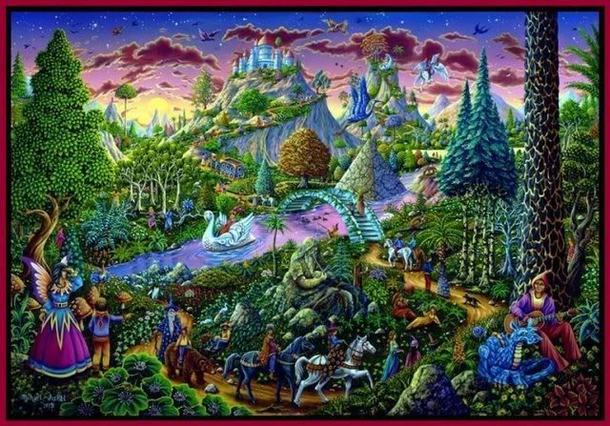
People that use vitamin supplements likely start with good intentions. But where do these products actually come from? Are vitamin supplements any more natural than white flour or pharmaceuticals?
Where do vitamin supplements come from?
When people think of drugs, most think “artificial.” When people think of vitamin supplements, most think “natural.”
But both drugs and vitamin supplements can be artificial or natural. Many vitamin supplements produced today are artificial. Meanwhile, the world of “natural” isn’t all hopscotch tournaments and fairy dances. Poison hemlock, hallucinogenic mushrooms, rhubarb leaves and sprouted kidney beans are all natural – and potentially deadly.
There are six categories of nutrients used in the manufacturing of vitamin supplements.
1. Natural source
These include nutrients from vegetable, animal or mineral sources. But before making it into the supplement bottle, they undergo significant processing and refining. Examples include vitamin D from fish liver oils, vitamin E from vegetable oils, and natural beta-carotene.
When a vitamin is marked “natural”, it only has to include 10% of actual natural plant-derived ingredients. The other 90% could be synthetic.
Consider vitamin E tocopherols, which can be extracted from vegetable oils (often soybean, due to low costs).
- First, the soybeans are crushed and the protein is removed by precipitation.
- Second, the resultant oil is distilled off to become bottled vegetable oil.
- Third, the remaining materials are solubilized to remove any carbohydrates.
- Fourth, the vitamin E is solvent extracted away from the remaining waxes and lecithin.
Synthetic alpha-tocopherol is a combination of eight isomers, natural alpha-tocopherol is just one isomer, and consuming various isomers can decrease bioavailability.
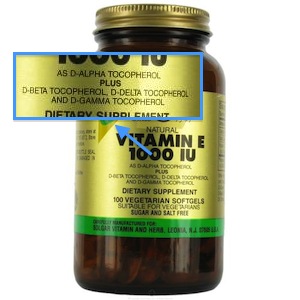

Another example is vitamin D3. The manufacturing starts with 7-dehydrocholesterol (usually from wool oil), which turns into cholecalciferol (vitamin D3) when exposed to ultraviolet light.
2. Nature-identical synthetic
This includes nutrients completely manufactured in a lab with the molecular structure identical to the same nutrients occurring in nature. Manufacturers often prefer this process because of the cost and scarcity of natural resources. Most standard vitamin supplements on the market today are this type.
An example here would be vitamin C. Most vitamin C currently manufactured is synthetic, coming from China. Vitamin C is a weak acid. Many supplements use salt forms (sodium ascorbate, calcium ascorbate, magnesium ascorbate) to decrease acidity.
The most popular form of synthetic vitamin C is ascorbic acid. Naturally occurring vitamin C is the same molecule as synthetic ascorbic acid. But in food, ascorbic acid is found within the vitamin C complex among other compounds. The ascorbic acid in supplements is often derived from corn starch, corn sugar, or rice starch, and is chemically dependent upon volatile acids.
The method for vitamin C synthesis using two-step fermentation was developed by China in the 1960s:
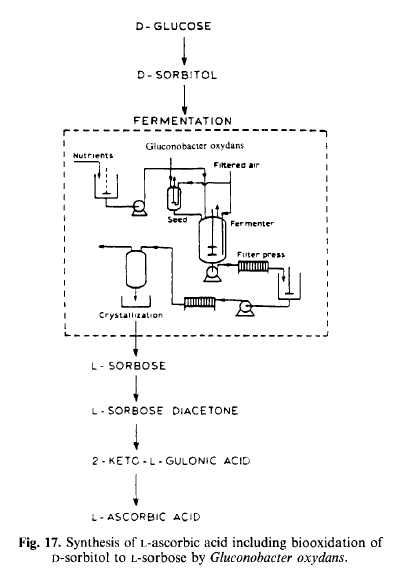
3. Strictly synthetic
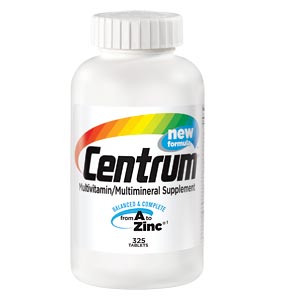
These nutrients are manufactured in a lab and are different than the same nutrients found in nature. Synthetic vitamins can have the same chemical constituents, but still have a different shape (optical activity).
This is important because some of the enzymes in the human body only work properly with a vitamin of the correct shape. When we give the body concentrated forms of synthetic nutrients, it doesn’t always appear to have an appropriate delivery system.
Starting materials for strictly synthetic supplements can be anything from coal tar to petroleum to acetylene gas. These supplements are made in facilities via chemical manipulations with the goal of duplicating the structure of the isolated vitamin. Specific formulas for the process aren’t made available to the public (sorry, I tried).
An example is vitamin B1. Coal tar is a widely used foundational substance for this vitamin — typically a crystalline yellow coal tar (yes, this means it’s from coal, a fossil fuel). Hydrochloric acid is often added to allow precipitation. Then fermentation, heating, cooling, and other steps are completed until a final synthetic vitamin is created. It’s then dried and tested for purity before being shipped to distributors.
Now, to get a natural vitamin B1 supplement the process is quite different.
The food or botanical containing the desired vitamin is harvested and cleaned (let’s say wheat germ). It’s then placed in a vat to be mixed with water and filtered to create an extract and remove fibre (unlike in whole foods, where you want fibre). The post-filtration extract of the sourced food contains the nutrients found in the original whole food. It’s then dried and ready for packaging.
4. Food cultured
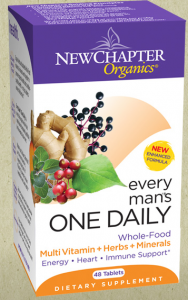
This involves the same process behind cultured foods like yogurt, kefir, miso, and sauerkraut. Nutrient supplements are often grown in yeast or algae. Culturing in and of itself creates nutrients and can make them more bioavailable.
Raw materials (minerals and some synthetic nutrients) are added to yeast/algae suspensions where they concentrate within cells. The yeast/algae are then harvested, ruptured, and made into a vitamin supplement. The theory here is that yeast/algae contain the nutrients they’re fed in a whole food complex.
Sometimes food cultured vitamins are combined with synthetic vitamins to increase potency (i.e., to bump up the milligram/microgram count on the label), since most have a low potency on their own. Remember, counting the milligrams of a synthetic vitamin might not be comparable to what’s found in whole foods.
5. Food based
One kind of food based supplement is made by enzymatically reacting synthetic and natural vitamins with extracts containing vegetable proteins and then making this into a supplement. This is not food cultured, because the nutrients are not grown into a whole food, as in the yeast/algae suspensions.
Manufacturers don’t often use concentrates or extracts derived from whole food sources because of low nutrient potency, fluctuating nutrient levels, limited shelf life. Nutrients are easily degraded by heat, pH changes, light, and oxygen.

6. Bacterial fermentation
This includes nutrients produced by genetically altering bacteria. Genetically altered bacteria can produce nutrient by-products.
Examples include CoQ10, amino acids, ergocalciferol (vitamin D2), menaquinone (vitamin K2), riboflavin (fermentation of ribose), cyancobalamin (vitamin B12; this is exclusively obtained via fermentation processes, as the naturally occurring source of B12 is bacterial metabolic activity, think animal tissues/meat carrying bacteria), and melatonin.
For instance, vitamin D2 is made by artificially irradiating fungus. It’s not a naturally occurring form of vitamin D. The starting material is ergosterol, a type of plant sterol derived from fungal cell membranes. Ergosterol is turned into viosterol by ultraviolet light, and then converted into ergocalciferol (vitamin D2).
What you should know about vitamin supplements
Full scale vitamin production started during the 1930s with widespread distribution after World War II. Now, about 1/3 of Americans use vitamin supplements.
Nutrients from food?
Most people are interested in vitamin supplements because they fear they don’t enough nutrients from food.
This is a worthwhile concern: nutrients can be lost from soil due to fertilizers, pesticides, herbicides, irrigation, farming practices, and other causes. The USDA has reported that the nutrient content of vegetables has fallen since 1973. Of the vitamins we do ingest from whole food, absorption can range from 20 to 98%.
Do vitamin supplements prevent disease?
A 2002 study in JAMA concluded that adults would be better off taking a multivitamin supplement each day. The authors didn’t specify synthetic or natural. Other reviews have concluded that beyond treatment of deficiency, vitamin supplements don’t promote health or prevent cardiovascular disease and cancer.
Data indicates that vitamin supplements can actually lead to more cancer (specifically breast and prostate), cardiovascular disease, kidney damage (in those with diabetes), and fractures, while not helping prevent infections and sick days.
However, it’s important to remember that chances of certain chronic diseases can increase for those who are deficient in certain micronutrients.
The American Dietetic Association (ADA) recommends that the best nutritional strategy for optimal health and reducing the risk of chronic disease is to choose a wide variety of whole foods.
Other vitamin sources
Even if you aren’t popping vitamin supplements each day, if you consume fortified foods (think cereals, milks, breads, meal replacement shakes, etc.), it’s nearly impossible to avoid synthetic vitamins.
A report from the National Institutes of Health noted that individuals who consume high dose single nutrient supplements and fortified foods along with multivitamin/mineral supplements are at risk for undesirable effects.
Notice the synthetic vitamins added to Corn Flakes and Special K. Check out the ingredient listing.
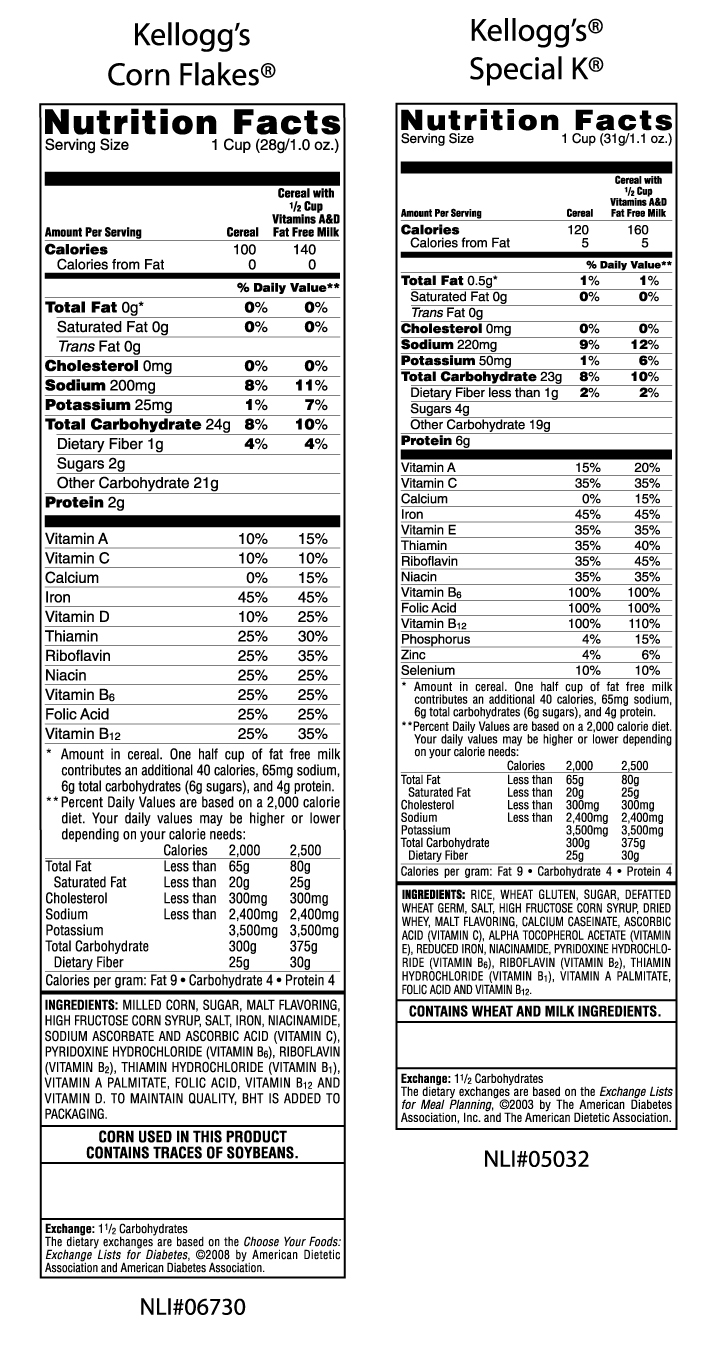
What do supplement companies say?
Good question. I got busy with the phone and email to find out.
I called Centrum. They don’t have any information on where the nutrients in their products come from. They told me that their “vitamins are synthetic and the minerals are derived from natural sources.”
I called Bayer (the maker of Flintstone’s Vitamins) two times. They didn’t provide any response about where their vitamin supplements are derived.
I emailed CSPI. They said “most” vitamin supplements on the market are synthetic.
I emailed Vitamin Cottage. They believe that coal tar should not be a source for vitamin supplements since there are other non-petroleum materials that can be used. They also indicated that none of their vendors have C or B vitamins derived from coal.
I emailed Nature Made about vitamin B-1. They said: “We appreciate your questions concerning our supplements. Nature Made Vitamin B-1 is manufactured in a laboratory from chemicals. It is synthetically made in our manufacturing facilities in Southern California.”
I emailed GNC. They said: “GNC purchases vitamins, herbs, minerals, and other dietary ingredients from domestic suppliers as well as suppliers in many other countries from around the world. This will vary by ingredient.”
Summary and recommendations
With all of the data regarding nutrition and optimal health, the most convincing information tells us to focus on what we eat — not what we get from a pill bottle.
Synthetic vitamin supplements are isolated man-made chemical compounds, and appear to be in the same class as other synthetic pharmaceuticals.
Some supplements hold real benefit. For instance:
- folic acid for pregnant women
- iron for those who are anemic
- B-vitamins for those dealing with alcoholism
- vitamin D for those who’ve undergone bariatric surgery
- vitamin C for someone with scurvy
But in a situation where it’s possible to get nutrients from whole foods, choosing a supplement instead doesn’t seem to promote health, and taking supplements may actually cause harm.
The conclusion of an NIH State-of-the-Science conference in 2006:
“The present evidence is insufficient to recommend either for or against the use of MVMs [multivitamins/minerals] by the American public to prevent chronic disease.”
If you want to find a natural vitamin supplement, look for one with a label that indicates “naturally occurring food sources.” If the potency of the vitamin is higher than anything you would find in nature (e.g., 1000% vitamin B-3 per serving), the product likely contains synthetic ingredients.
To find out where your vitamin supplements come from, contact the company directly. A non-response or a generic response can go a long way in telling you what you’re getting.
Extra credit
Fortification of foods with vitamin B-3 has lead to intakes greater than twice what’s recommended, most notably in kids, who eat processed fortified foods. This higher intake of vitamin B-3 might lead to increased appetite and impaired glucose tolerance.
Capsules that enclose vitamin supplements can be derived from plant sources, like seaweeds, or animal sources like gelatin. Animal gelatin is from tallow, animal bone, marrow, or tissue scraps, and may include diseased tissues.
The tablet coating methylene chloride is a carcinogen.
Food color additives are often used in children’s vitamins. See All About Food Colour Additives for more.
The Dietary Reference Intakes (DRIs) are based on synthetic vitamins. We don’t fully understand how they translate to whole food alternatives.
Some manufacturers are currently trying to make an ergosterol precursor (cholestatetraenol) produced by yeast fermentation.
If you are interested in avoiding supplement contaminants, look for the NSF logo.
In North America, a majority of the raw materials for synthetic vitamin supplements are from the following companies:
- Arnet Pharmaceuticals Corporation – Davie, FL
- Botanical Laboratories, Incorporated – Ferndale, WA
- Contract Pharmacal Corporation – Hauppauge, NY
- Leiner Health Products Incorporated – Carson, CA
- Perrigo Company – Allegan, MI
I contacted all of these companies and got no response.
References
Click here to view the information sources referenced in this article.
Learn more
Want to get in the best shape of your life, and stay that way for good? Check out the following 5-day body transformation courses.
The best part? They're totally free.
To check out the free courses, just click one of the links below.




Share